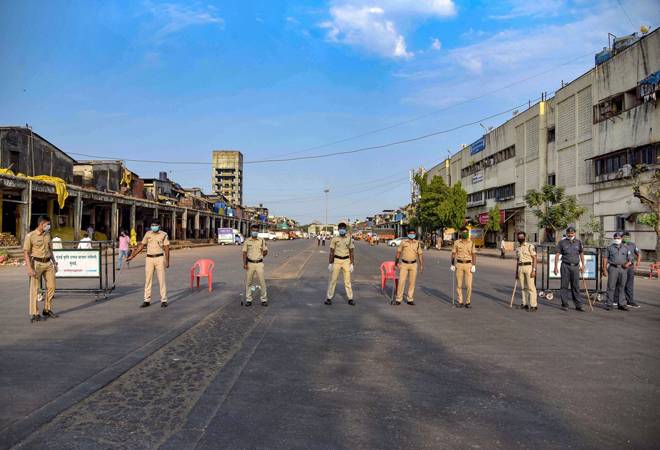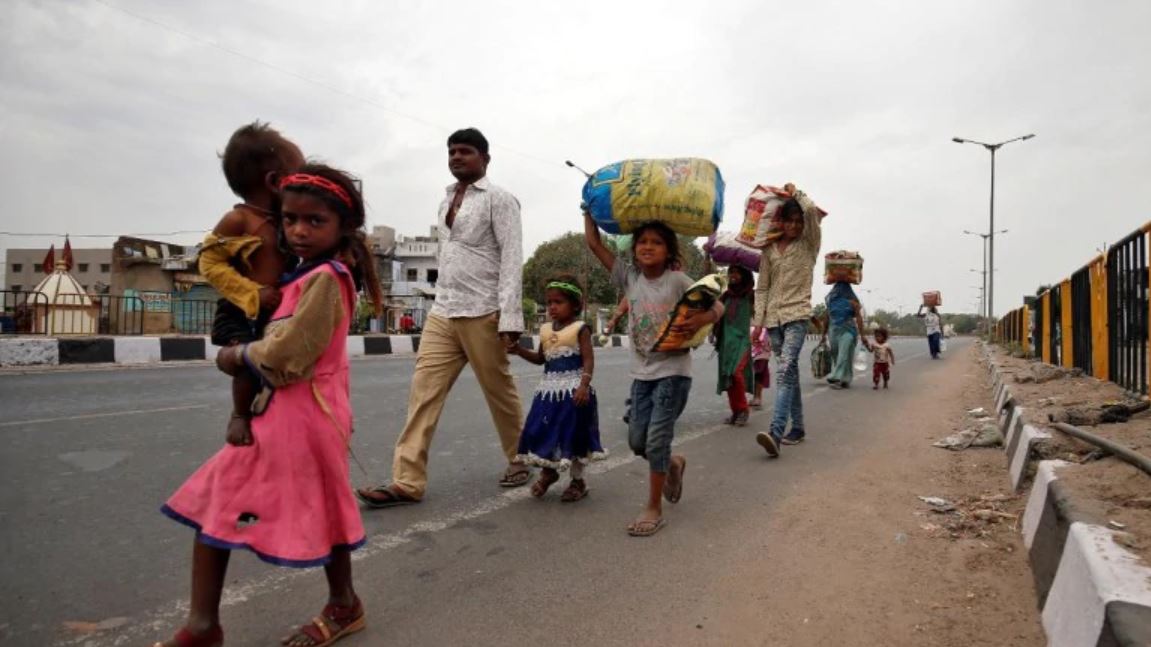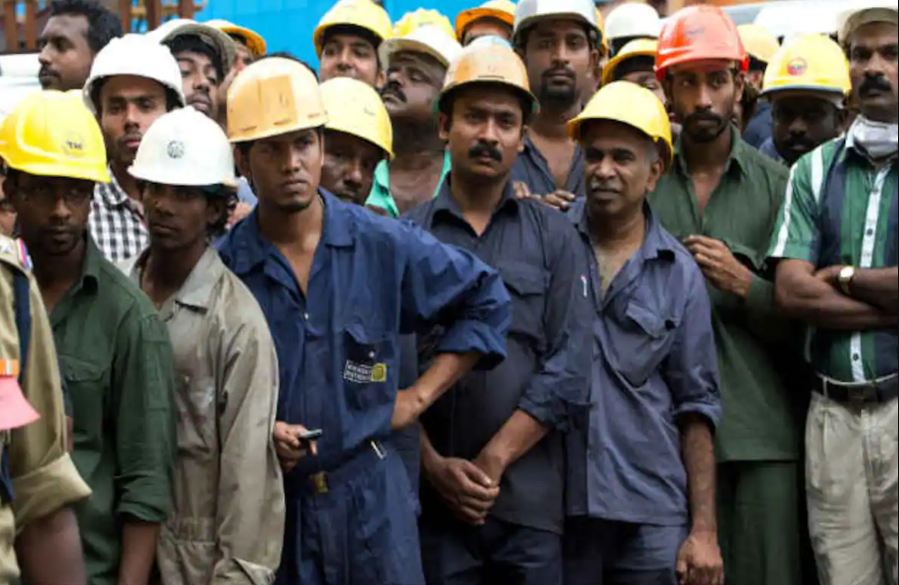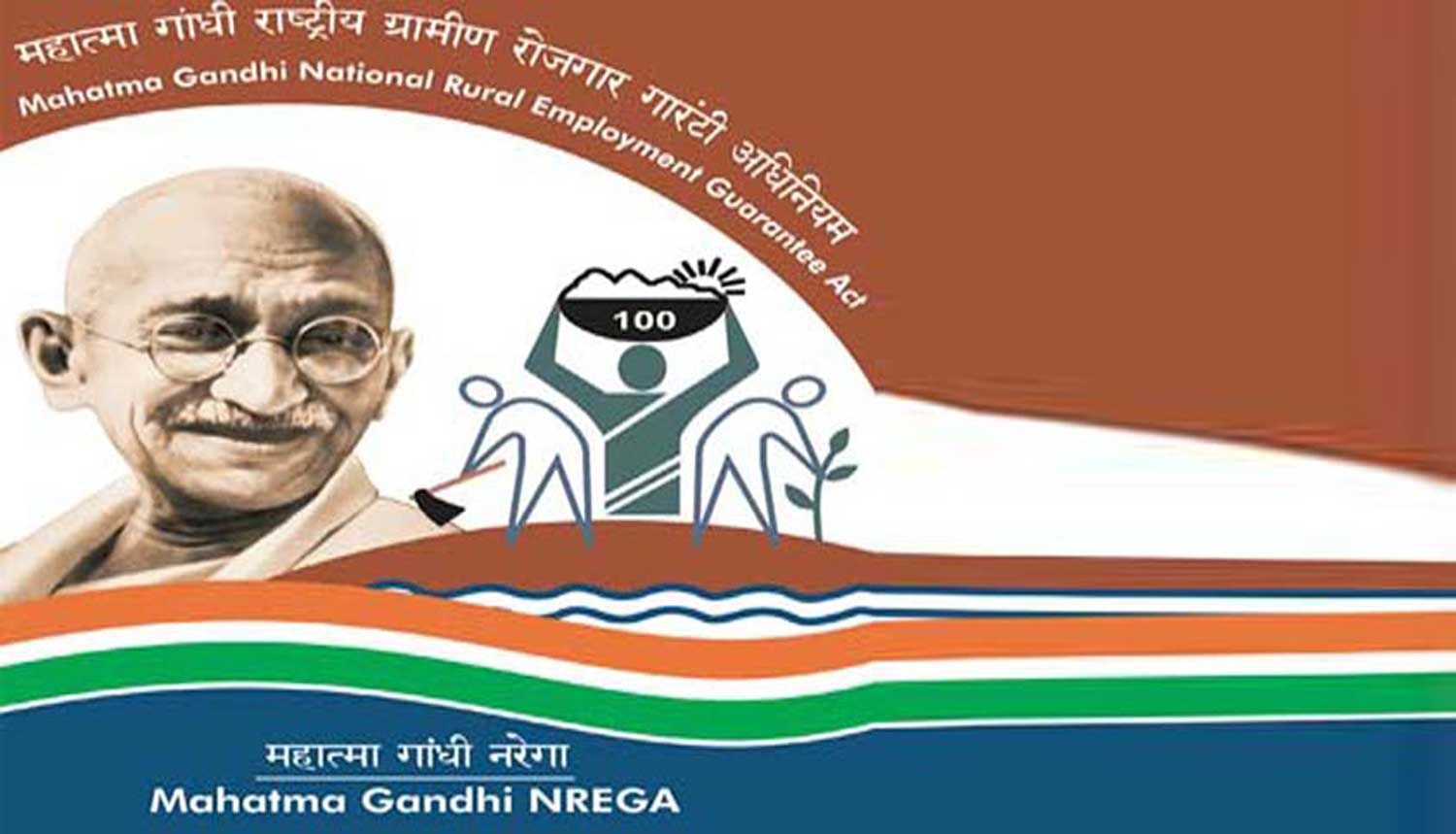Gopabandhu Mohapatra
The outbreak of COVID-19 which started in Wuhan province of China in mid-December and spread across the world has created havoc. It affected the global economy including the economic slowdown in trade, supply chain, distribution, logistics, and other aspects. The spread of coronavirus has reached a level of pandemic and has shaken the world economy. It has also impacted India’s economy, which is a developing country in terms of its medical facilities, infrastructure and many other factors.

The coronavirus in the world is spreading like a wildfire and (as on 15th June) it has infected 76,90,709 people and out of which 4,27,630 numbers of people have died. In India the number of coronavirus cases has reached to 320,922 and 9,195 number of people have died. The lockdown, which was imposed as the possibility of not getting affected from the pandemic and as a result, the infected cases in India is limited and those infected are recovering at a good pace.
But the mandatory lockdowns, together with spontaneous social distancing has significantly affected various industries of the country like hotel, tourism, automobile, pharmaceutical, aviation, media and entertainment etc. There is a decline in the growth due to the lockdown imposed for COVID-19. Taking in to considerations the continuous increase in number of infected cases, it can be predicted that the lockdown will be further extended and it may stretch for another few months.

Now after the complete lockdown in the country, the production process has been affected. The agricultural sector has 75% of its share in the growth of the economy and the basic raw materials are produced through agriculture. A factory or the industry, which needs raw material that comes from agricultural sector, is badly affected. Necessary logistics and transportation needed is not available due to the shortage of labour, as most of the workers have left for their respective home town.
Rise in the unemployment is about 50-60% in all the sectors. The construction industry, which used to create 40% of India’s non-agricultural new jobs every year, is in a coma because, with the departure of migrant workers, it faces an acute shortage of labour.

The informal workers, which constitutes largely from migrant populations, form nearly 90% of the workforce. They perform services as diverse as casual daily labour, construction worker, street-vendor, delivery boy, transport from rickshaws to ride-share, and domestic work etc. They are returning to their homes in the village. The informal workers living a hand-to-mouth due to meagre daily earnings are the most vulnerable in this crisis.
The consumer sector is also severely battered. Tractor sales declined by a record 79%, Automakers made zero domestic sales, and domestic sales of passenger vehicles had declined 55% during this period. Production in the infrastructure industries, which is recorded with a lag, fell by 6.5%. Bank non-food credit growth, also available with a lag, fell to a 29-month low of 6.7%. It will be months, not weeks before production systems and supply chains are restored.

In the meantime, Rail freight traffic shrunk by 35% and with international flights suspended all through since lock down and the domestic air traffic also drew a blank till the end of May. Without business activities in the country, it is expected that the real GDP growth will be negative by the end of this fiscal or may fall to about 2%. Ratings agency Moody’s has cut its GDP growth forecast to negative from 0% earlier. Annual GDP growth at 4.2% was also the lowest in 11 years since the global financial crisis in 2008-09.
There is almost no relief for migrants. Cash support for poor households is minimal. While a package of Rs 1.7 lakh crore for cash and food transfers was announced two days after the lock-down, but it is far from adequate to what is needed. MGNREGA programme the safety net that is meant to protect the poor rural households is facing dwindling earnings. Normally during a recession, the goal of fiscal policy is to boost aggregate demand. The government uses spending and tax cuts to encourage people to go out and buy stuff.

But the government’s tight fist is visible everywhere. The effective fiscal stimulus, in terms of extra resources provided by the government, is at the most Rs. 2 trillion. Micro, small and medium enterprises (MSMEs) have been provided a Rs. 3 trillion line of credit for loans without collateral, but loans are neither automatic nor assured. The announced support of Rs. 20 trillion is an illusory claim. Of this, Rs. 8 trillion is liquidity through lines of credit provided by the Reserve Bank of India.
Since coronavirus has staggered the economic completely, be it for a start-up or the big multinational companies, everyone in the market is facing a decline in their growth. Further extension in the lockdown would definitely bring the economy of the country into the depression. Even if we accept that there is urgent need to curb the spread of the COVID-19, yet the entire economy is now in a state of induced coma. Although the full scope of the human and economic impact of the pandemic will not be known for some time, but the toll in both respects will be high.

It is time for the central government to be more magnanimous in extending financial assistance to the needy and in bringing India’s economy out of a coma. Support to government and economy is required from each and every responsible citizen, else the economy and the people will pay a huge price, in order to return to normalcy.
(Author is a former banker. Views expressed are personal)























This article depicts the real scenario of our economy. If this lockdown extends further the situation may be horrible than before,hope we don’t see that conditions in the future.Our economy is struggling hard where it has to manage such a large population which includes higher number of youths.We are already going through recessions where there is unemployment on the peak,which is really as bad as coma.Hope situations get better and we get back to the track soon.